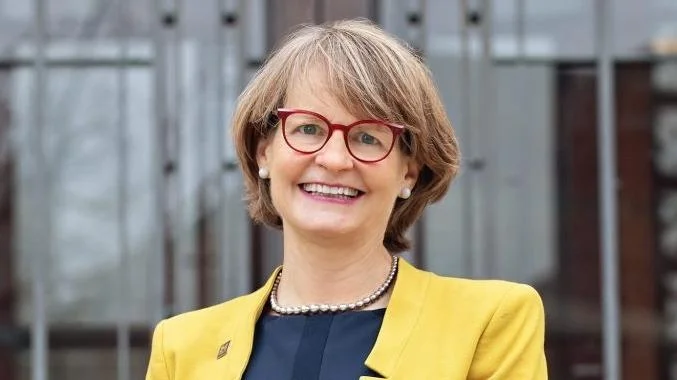Laurie McCauley Provost and Executive Vice President for Academic Affairs | University of Michigan-Ann Arbor
Laurie McCauley Provost and Executive Vice President for Academic Affairs | University of Michigan-Ann Arbor
If you’re feeling confused by the constant media coverage about presidential election polls, you’re not alone. Whether it’s the polls’ margin of error or their fairness and accuracy, this information can become important for some voters in their election choices. And do the polls matter since the presidential winner will be determined by the Electoral College?
“Yes,” said Michael Traugott, University of Michigan professor emeritus of political science and communication studies, and research professor emeritus at the Center for Political Studies at the Institute for Social Research. “In two out of the last six presidential elections, a Republican candidate with a minority of the total votes became president, as Americans were reminded that it is not the popular vote but the Electoral College totals that determine the outcome.”
Do polls matter to voters? Many people pay attention to polls because they are interested in what other citizens think about issues of the day. During campaigns, people can learn from preelection polls what their fellow citizens are thinking about important issues and what their candidate preferences are. Citizens also believe in representative government principles and may expect their views to be reflected in laws and policies.
Polls are important because elections are infrequent, and issues arise that should have been discussed during a campaign or did not even exist at that time. Therefore, conducting polls between elections is crucial for communicating these preferences.
Polling began in its current form in the 1930s in the United States by George Gallup, Elmo Roper, and Archibald Crossley through partnerships with media organizations. Initially conducted face-to-face in people’s homes by interviewers, polling methods evolved with technological advancements such as landline telephones and later cellphones. As cost pressures grew on pollsters and their media partners, there has been a shift to online interviewing using internet platforms and cellphone applications.
This shift has raised methodological questions about data representativeness due to declining response rates. There is now significant statistical modeling of poll data starting with elaborate weighting schemes; thus, polls no longer represent simple aggregations of responses to interviewers’ questions.
Most people lack methodological or statistical backgrounds to interpret poll results knowledgeably or confidently. One important role of journalists is ensuring that “bad” data don’t enter news streams so people aren’t misinformed about public opinion's true state.
For preelection polls involving candidates' relative standings (trial heat question), several websites rate pollsters based on historical accuracy records—these include Nate Silver’s 538 website and The New York Times. Traugott co-authored "The Voter’s Guide to Election Polls," now in its sixth edition, aimed at informing citizens on how polls are conducted and reported.
Several swing states often decide elections; hence focusing on those states rather than having a national emphasis might seem ideal. Candidates devote considerable time, money, and effort to these competitive states. Public websites have begun estimating outcomes based on Electoral College votes requiring state-level focus despite larger estimation errors compared to national polls.
Traugott noted: “Polling averages in states can reduce such errors but not eliminate them.” Often when charged with being off-target it could be due more opaque assumptions within statistical models rather than polling itself—highlighting transparency needs within model workings.
In his latest research using survey-based experiments exploring how individuals evaluate poll results across different countries including Mexico & England alongside U.S., Traugott found: “Individuals evaluate polls as less credible when results show majority views contrary theirs—a phenomenon termed motivated reasoning.”






 Alerts Sign-up
Alerts Sign-up